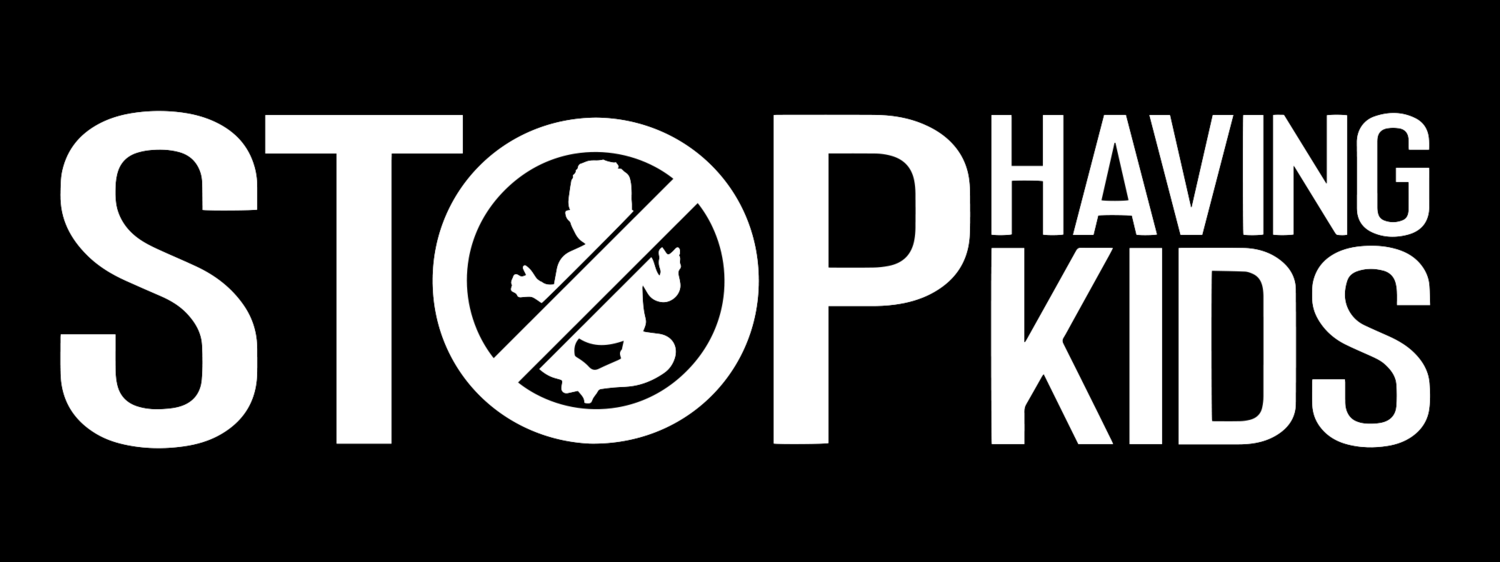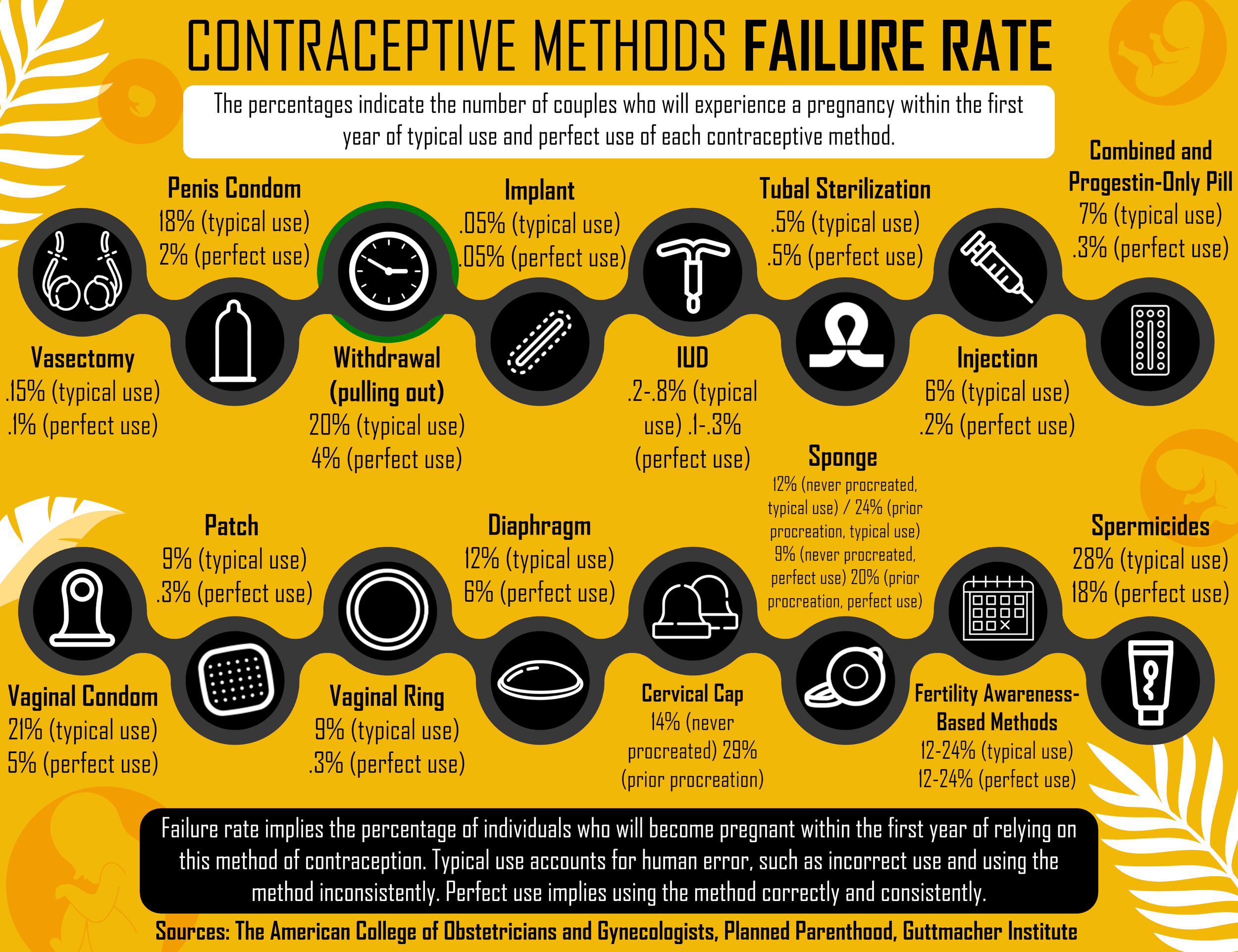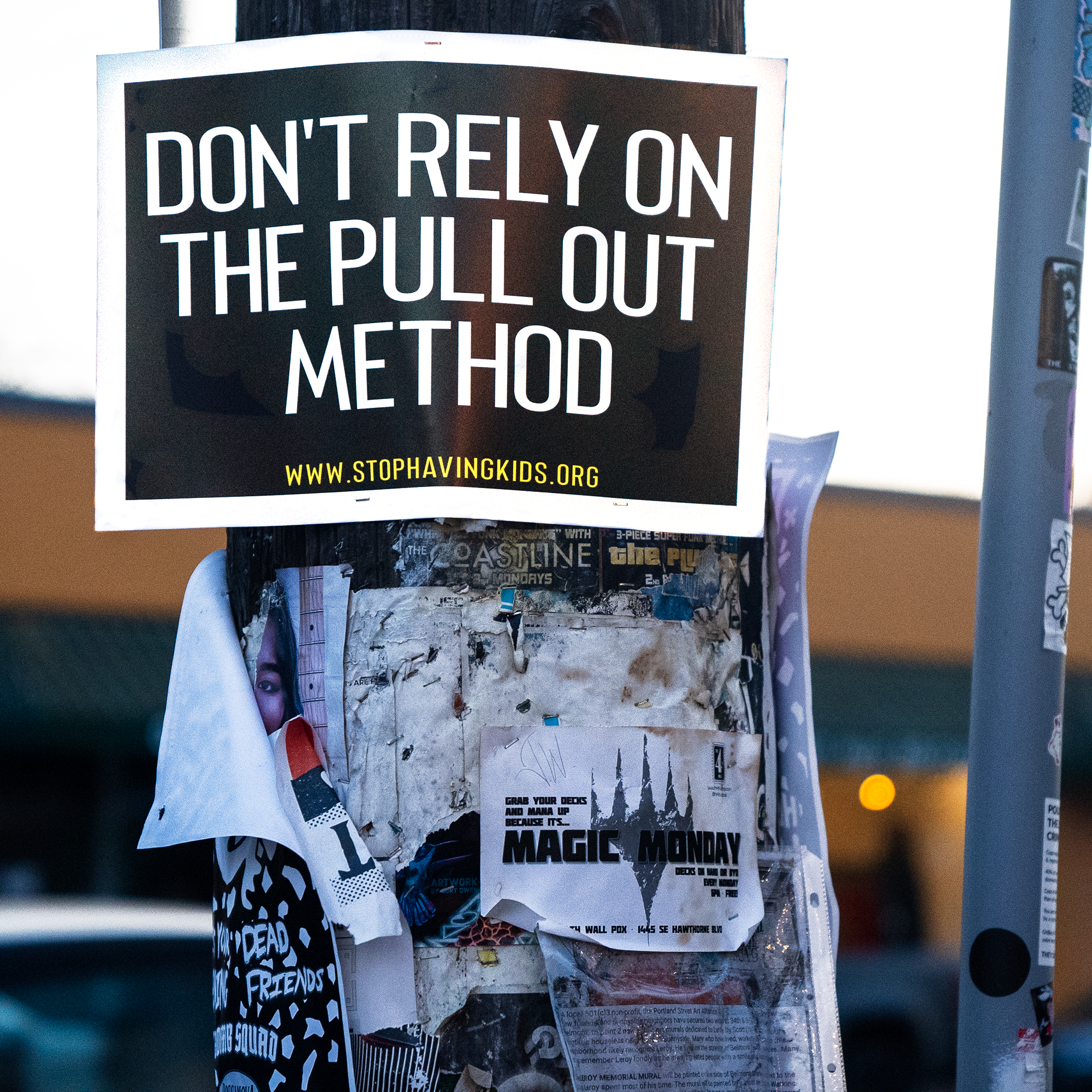
Pre-Ejaculation Withdrawal aka the Pull Out Method
What is Withdrawal?
Read More
Withdrawal is the practice wherein PIV intercourse is halted so that the penis can be withdrawn from the vagina before ejaculation occurs. This method is also referred to as “pulling out.” The risks can run high with this method as carefulness, trust, self-awareness, self-control, and determination to prevent pregnancies are required every time- all while there’s still plenty of room for human error. Mistakes happen- the timing of withdrawal can be too late, the act of pulling out may not even occur (intentionally or unintentionally), or the semen may still land on the vulva, which opens up the possibility for sperm to potentially swim into the vagina. Additionally, the unpredictable pre-ejaculate (aka pre-cum) can contain sperm, which can enter the vagina before the main ejaculation occurs, and potentially trigger an unwanted pregnancy.
How Effective is Withdrawal?
Read More
The stress of timing the pulling out accurately can contribute to overall less sexual pleasure and satisfaction for one or both partners. When the pleasurable feelings are at their highest some people will forget to (or intentionally not) pull out. Given the much higher failure rate than many other contraception methods, this is not the wisest form of birth control to rely on. It’s estimated that 1 in 5 couples who practice sex using the pull out method regularly for one year will experience a pregnancy. To increase the effectiveness and safety of this method it’s recommended to combine it with another form of contraception, such as condoms or pills, or practicing this method as a backup, rather than being the primary method for contraception.
An estimated 1 in 5 couples who rely on the withdrawal method as their main form of contraception will, when not done perfectly, experience a pregnancy occurring in the first year.
What else should I know?
Be on the same page as your sexual partner regarding pregnancies
It is always ultimately up to the person who can become pregnant to decide if they want to bring life into existence or whether they want to have an abortion, so it is essential that both sexual partners are on the same page regarding pregnancies before having PIV sex. However, this method relies entirely on the male knowing their body and timing their withdrawal perfectly, so they need to be extra mindful of the risks involved in order to safeguard against accidentally causing a pregnancy.
Clean off the tip of your penis before having more intercourse
If you are using the withdrawal method and have multiple sessions of intercourse in a row make sure to urinate and clean off the tip of the penis between intercourse to guarantee there’s no semen left over that could potentially enter the vagina and cause pregnancy.
You must be able to predict when ejaculations will occur
Withdrawal is especially not recommended for people who have issues around controlling their ejaculations, such as those who experience premature ejaculations. Unpredictable ejaculations can make relying on the pull out method an especially irresponsible and risky form of pregnancy prevention.
The person with the sperm must take pregnancy prevention seriously
If the female is determined to not become pregnant, but their partner doesn’t take pregnancy prevention as seriously, then this method is too risky to depend on for avoiding an unwanted pregnancy.
Withdrawal doesn’t offer STI protection
Unless condoms are involved, this method does not offer protection against sexually transmitted infections.
Not recommended as a sole form of pregnancy prevention
Overall, SHK does not recommend using the pull out method as a sole form of pregnancy prevention, due to the high risk factor and lack of backup prevention.
Sources
Planned Parenthood. Withdrawal (Pull Out Method). https://www.plannedparenthood.org/learn/birth-control/withdrawal-pull-out-method
American Pregnancy Association. Withdrawal Method as Birth Control. https://americanpregnancy.org/unplanned-pregnancy/birth-control-pills-patches-and-devices/withdrawal-method-as-birth-control/
Mayo Clinic. Withdrawal method (coitus interruptus). (2022, May 7). https://www.mayoclinic.org/tests-procedures/withdrawal-method/about/pac-20395283
Centers for Disease Control and Prevention. Coitus Interruptus (Withdrawal). (2017, February 1). https://www.cdc.gov/reproductivehealth/contraception/mmwr/mec/appendixh.html
National Institute for Health Research. Withdrawal: Pulling the penis out before your partner comes. https://www.contraceptionchoices.org/contraceptive-method/withdrawal



